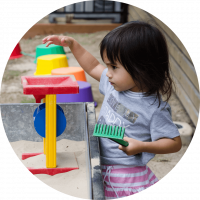About CHA
Community Hubs Australia (CHA) is a not-for-profit organisation that delivers the national community hubs program in partnership with several specialist support agencies in each state, on behalf of our funding partners.
Find out moreCommunity hubs host programs that connect people with schools, with one another and with services such as health, education and settlement support. Our mission is to facilitate a program that fosters social cohesion and supports culturally diverse people – including migrants, refugees and temporary visas holders – to integrate into Australian communities.

Community hubs are embedded in primary schools across Australia.
Assisted by local support agencies, hubs harness existing school infrastructure, government services and community services in the local area. Hubs operate through the collaboration and support of the school principal, the school community, a hub leader and support coordinator, other hubs and CHA.
Hubs are tailored to the needs of the local community, the services available and characteristics of the host school. This informs the programs run at each hub, so that they are strategically planned and linked with local partners and key service providers to engage the local community.
How are community hubs funded and governed?
Community hubs are supported by funding partners including the Scanlon Foundation, the Australian Government, and state and local governments. Local schools, the private sector and the community sector also provide support.
The program is guided by advisory groups at three levels:
Community Hubs Australia (CHA) is a not-for-profit organisation that delivers the national community hubs program in partnership with several specialist support agencies in each state, on behalf of our funding partners.
Find out more